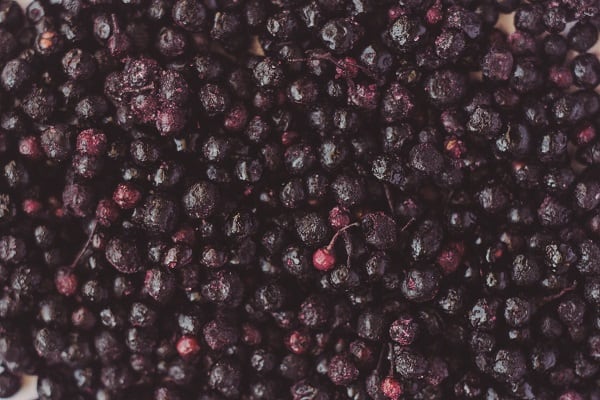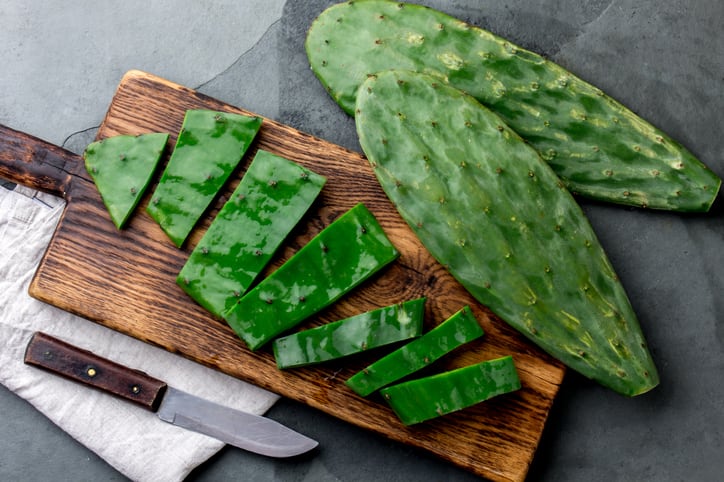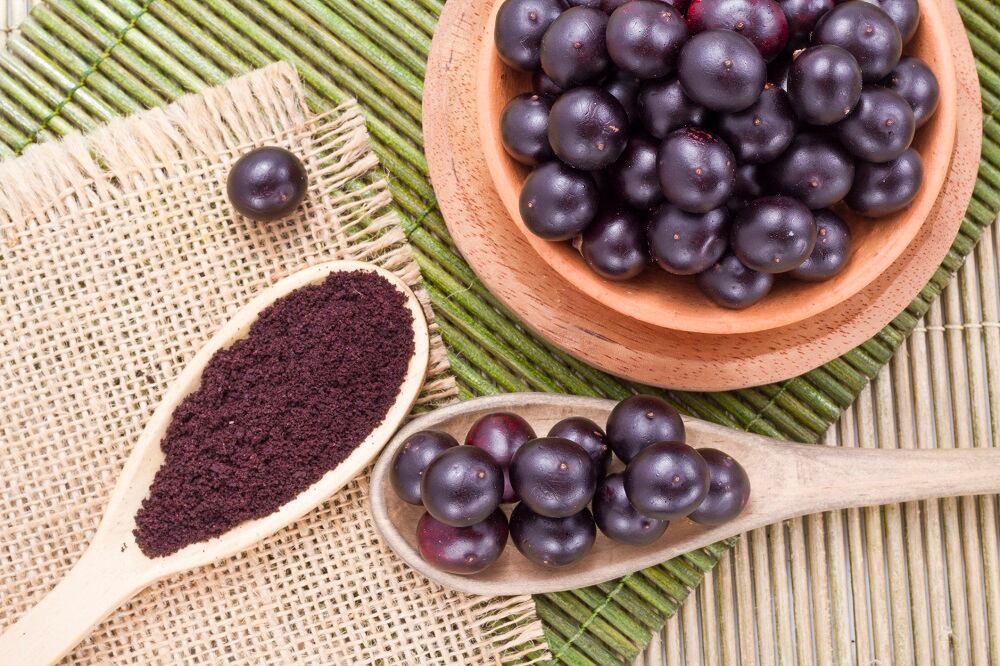Owned by Chilean forestry giant Arauco, which manufactures cellulose and other wood-based products, Arauco Nutrientes Naturales was established in 2016 with the aim of “adding value to the Chilean forest, its local communities and the unique nutritional properties of its native fruits," export manager Paulina Peñaloza Montealegre told FoodNavigator-LATAM.
The first native fruit in its portfolio is the maqui or Aristotelia chilensis, a berry that grows in the temperate forests in central and southern Chile and southwest Argentina.
Maqui berries pack a nutritional punch, with around seven times more antioxidants than rival superfruit açaí, and high levels of anthocyanins. One hundred grams of fresh berries also provides 87 mg of calcium, 44 mg phosphorous, 30.5 mg iron and 296 mg potassium.
According to Arauco, their nutritional properties are down to the climatic conditions of this region.
“The special climatic conditions prevalent in the south of Chile, characterized by large temperature variations and high levels of solar radiation, puts great stress on the plants that grow in the region. This causes plants to produce high levels of antioxidants, as a way to combat the adverse conditions.”
The Chilean Ministry of Health officially recognizes maqui berries as a traditional herbal medicine, and in 2009 listed them in its publication Medicamentos Herbarios Tradicionales.
“The maqui is a plant of great esteem among the Mapuche [people], who consider it a symbol of peaceful and benevolent intention; it is present at all social gatherings,” it reads. “The principles active ingredients of the maqui (alkaloids and tannins) confer anti-inflammatory, antispasmodic, astringent and analgesic properties.”
The berries are also used to make chicha, a traditional fermented drink from the Andes.
Montealegre describes the taste as being similar to blackberries with a sweet and sour flavor profile and astringent, dry notes.
The berry powder has a wide range of food and beverage applications including juices, yogurt, cereal bars, bakery products and as an ingredient in smoothies.
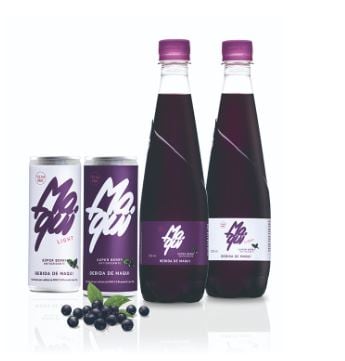
Arauco sells freeze-dried, water-soluble maqui powder in 20 kg packs as well as berry juice concentrates (but its best-selling product in both value and volume is its +Maqui drink range.
The beverage range contains nectars, flavored waters, and lightly carbonated juice, launched in March last year and the products are listed in 200 stores in the US and Sweden. In 2019, it plans to expand to an additional 100 stores on the west coast of the US and on Amazon.
The bulk of Arauco’s sales are in North America but Montealegre said Latin American consumers are increasingly interested in buying health-positioned products that use ‘superfood’ ingredients.
Market research company Nielsen conducted a survey in 2017, questioning individuals in Peru, Venezuela, Chile, Mexico, Colombia, Brazil and Argentina, and found that 59% look for ingredients that are low in sugar and 60% want low-fat products. “The healthy foods market [in Latin America] is growing about 4% on average,” said Montealegre.
Wild harvested
Certified fair trade by Fair for Life and organic by Ecocert, Arauco's berries are picked during the summer months between December and February by local gatherers from the Parque Oncol, a 754-hectare protected wildlife area created in 1989 by Arauco and privately owned by the company.
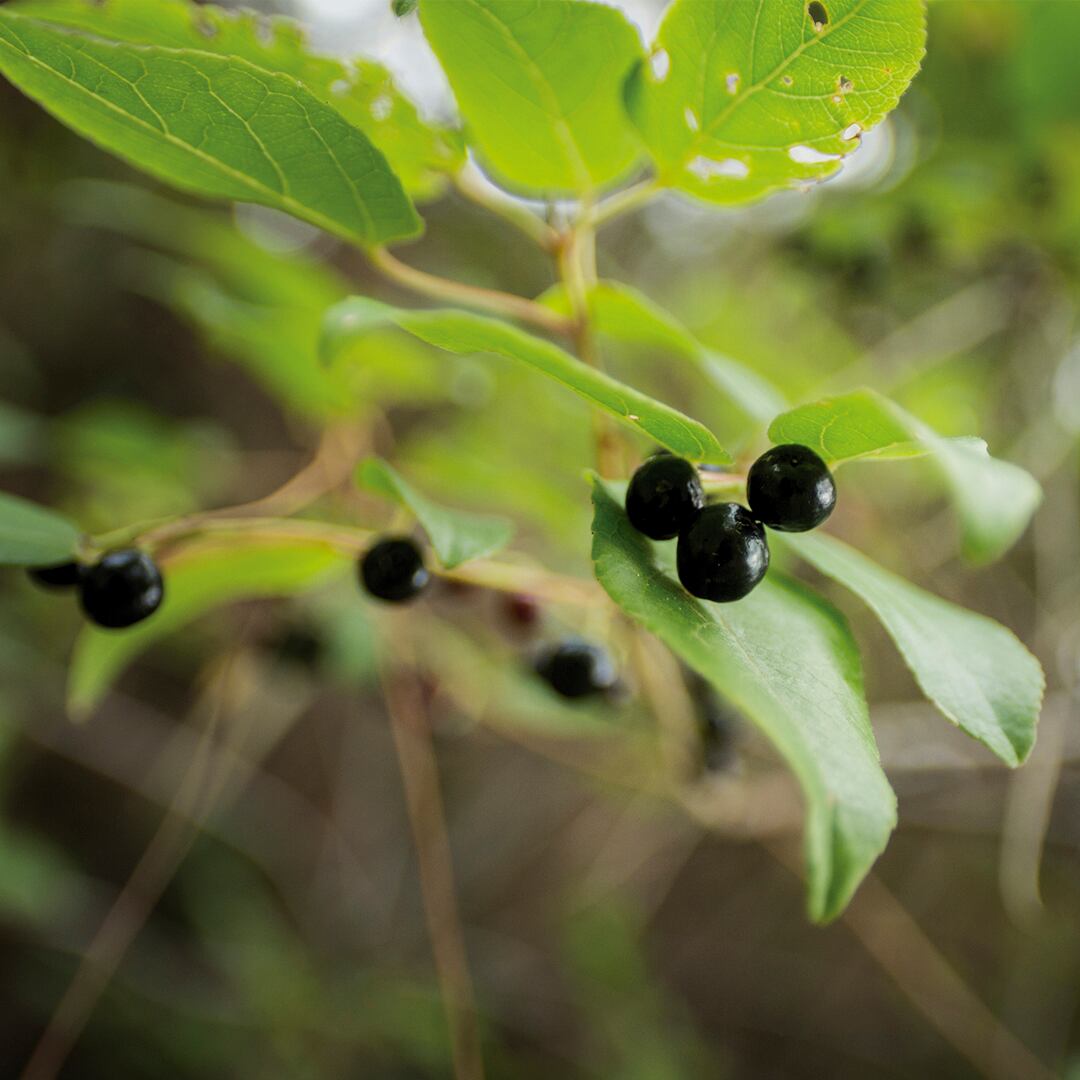
“Maqui berries are not cultivated like regular domesticated fruit because it is still a new species that has recently earned the interest of specialists, and so there are many factors that have to be controlled in order to have a productive plantation," said Montealegre.
The thick bushes and dense branches are one such limitation.
“Because this species grows like a wild bush, it is very difficult to align them in rows and have a homogeneous plantation like other traditional fruits.
"Another factor is that specialists are still selecting the best varieties in order to have the best expression of the species [such as] fruit caliber, nutrition, and yield.”
According to Montealegre, there is “no certainty” that maqui will be farmed in the future.
“At present, it involves many family gatherers from Chile that transfer the correct [harvesting techniques] of the plant from generation to generation, collecting the berries from the wild forest with zero impact in the ecosystem.
“[This] minimizes the probability of erosion of the soil, caused by traditional intensive production, and also enriches the culture of the communities and differentiates them from traditional plantations.”
Thanks to the abundance of wild maqui plants across southern Chile, she does not see the absence of plantations as a barrier to market growth.
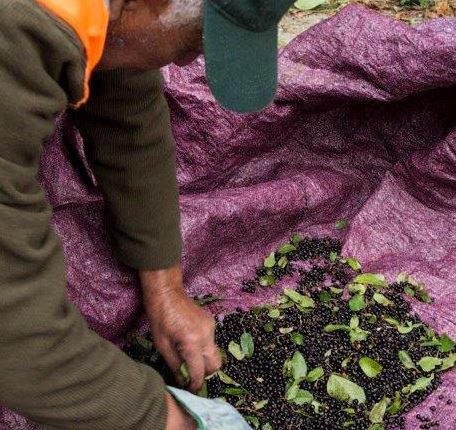
“[One] limitation could be the amount of gatherers that the south of Chile has to offer in order to supply the global demand,” said Montealegre. “But because [we practice] fair trade, these gatherers have a great opportunity if they want to work in the business.”
So far, this has been the biggest challenge faced by the firm.
“The biggest challenge has been to coordinate the southern communities to work together in order to gather tons of maqui. Because it involved native forests, we had to be very careful in the protocols in order to have zero damage to the ecosystems and also coordinate the logistics to have excellent fruit quality.”

